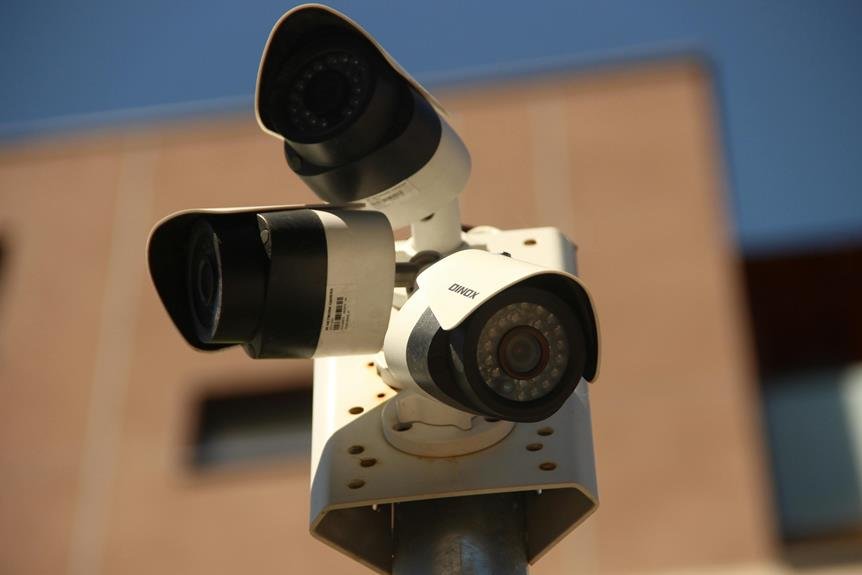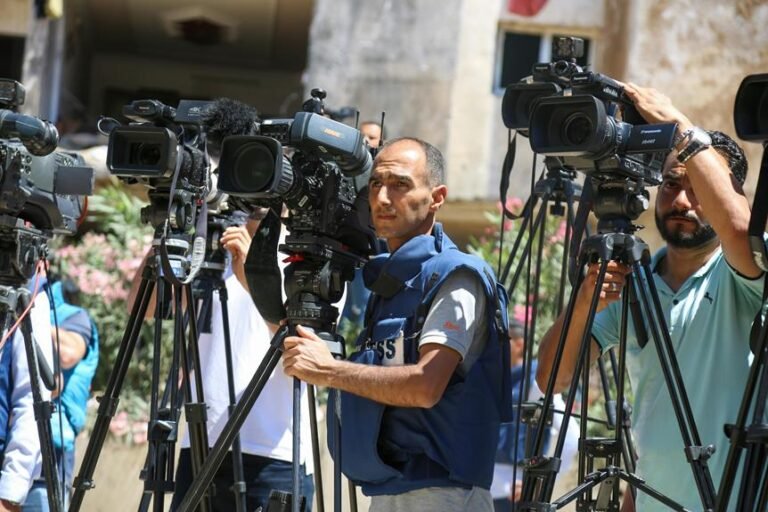How Do Spy Cameras Work: Unveiling the Mechanics of Covert Surveillance
Explore how spy cameras function by harnessing advanced technology to discreetly surveil environments. The evolution of design, incorporation of miniature lenses, and utilization of wireless transmission methods contribute to their effectiveness. Motion detection abilities, coupled with remote monitoring features, guarantee seamless surveillance. Understanding the intricate mechanics behind spy cameras illuminates the intricate world of covert surveillance and the blend of innovation and secrecy at play.
A Quick Overview
- Utilize miniature lens technology for discreet surveillance with high optical resolution.
- Employ advanced wireless transmission methods to securely transfer data without suspicion.
- Implement motion detection with infrared sensors to minimize false alarms and optimize storage.
- Enable remote monitoring for live access to footage from anywhere for enhanced vigilance.
- Incorporate spy cameras that seamlessly blend into environments for discreet surveillance.
Evolution of Spy Cameras
Exploring the evolution of spy cameras reveals a fascinating journey of technological advancements and covert surveillance techniques. From bulky, conspicuous designs to sleek, discreet models, the evolution of spy cameras showcases a significant shift in design aesthetics.
The early models focused more on functionality rather than blending in seamlessly with the environment. Over time, manufacturers prioritized design aesthetics, leading to the creation of highly covert and sophisticated spy cameras.
Miniature Lens Technology
The advancement in miniature lens technology has revolutionized the field of spy cameras, enabling unprecedented levels of discreet surveillance capabilities.
These lenses are essential for achieving high optical resolution and integrating advanced sensor technology.
Their stealth design and compact size allow for seamless integration into various everyday objects, making them ideal for covert operations.
Miniature lenses play a significant role in ensuring effective and inconspicuous surveillance.
Wireless Transmission Methods
Utilizing advanced wireless transmission methods is necessary for ensuring seamless data transfer in spy cameras, enhancing their efficiency in transmitting surveillance footage discreetly.
Signal encryption plays an important role in securing the transmitted data, preventing unauthorized access.
Additionally, considering power consumption is essential to prolong the camera's operation duration without arousing suspicion.
Motion Detection Capabilities
To enhance surveillance efficiency, spy cameras incorporate sophisticated motion detection capabilities that enable them to discretely capture relevant footage triggered by movement.
These cameras use infrared sensors to detect changes in heat signatures, adjusting sensitivity levels to minimize false alarms.
Additionally, advanced video compression algorithms guarantee high-quality footage is recorded when motion is detected, optimizing storage space and maintaining clear visuals for later review.
Remote Monitoring Features
With remote monitoring features, spy cameras allow users to access live footage from anywhere using a secure internet connection. This functionality provides remote access to real-time video streams, enabling users to monitor their surroundings discreetly.
Live streaming capabilities guarantee that you can stay informed and vigilant even when you're not physically present at the surveillance location, adding an extra layer of security and peace of mind.
Storage and Data Retrieval
For efficient storage and seamless data retrieval, spy cameras are equipped with advanced memory capabilities that guarantee continuous recording and easy access to saved footage.
- Data encryption guarantees the security and confidentiality of recorded information.
- Cloud storage allows for remote access to saved footage from anywhere.
- Memory cards provide a convenient and portable storage solution.
- High-capacity internal storage enables extended recording periods.
Covert Installation Techniques
Implementing efficient covert installation techniques is essential for spy cameras to remain discreet and hidden in various environments. Achieving stealthy mounting and discreet positioning is vital for successful covert surveillance. This involves strategic placement in inconspicuous locations, utilizing camouflage, and ensuring minimal visibility to avoid detection.
Frequently Asked Questions
Are Spy Cameras Legal for Personal Use?
Yes, spy cameras are important for personal use in most places. However, privacy concerns and ethical implications arise. It's essential to take into account boundaries and respect others' privacy when using spy cameras to avoid potential legal and moral issues.
How Do Spy Cameras Handle Low Light Conditions?
In low light conditions, spy cameras optimize performance through infrared technology. This advanced feature enhances visibility by emitting infrared light, allowing the camera to capture clear images even in dark settings.
Can Spy Cameras Be Hacked Remotely?
Yes, spy cameras can be hacked remotely, posing security risks. To safeguard against this, implement robust encryption, secure network protocols, and regular software updates. Stay vigilant and make sure your spy camera systems are well-protected against potential breaches.
What Is the Battery Life of Spy Cameras?
When using spy cameras, consider battery longevity for peak surveillance efficiency. Power consumption affects recording duration. Monitoring and managing battery life guarantees uninterrupted operation. Understanding these factors enhances your surveillance capabilities and overall security measures.
Do Spy Cameras Have Audio Recording Capabilities?
Certainly, it is crucial to be mindful of the legal implications and ethical dilemmas associated with such functionality when spy cameras include audio recording capabilities, raising privacy concerns. Audio surveillance adds another layer of intrusion, potentially capturing sensitive conversations.







